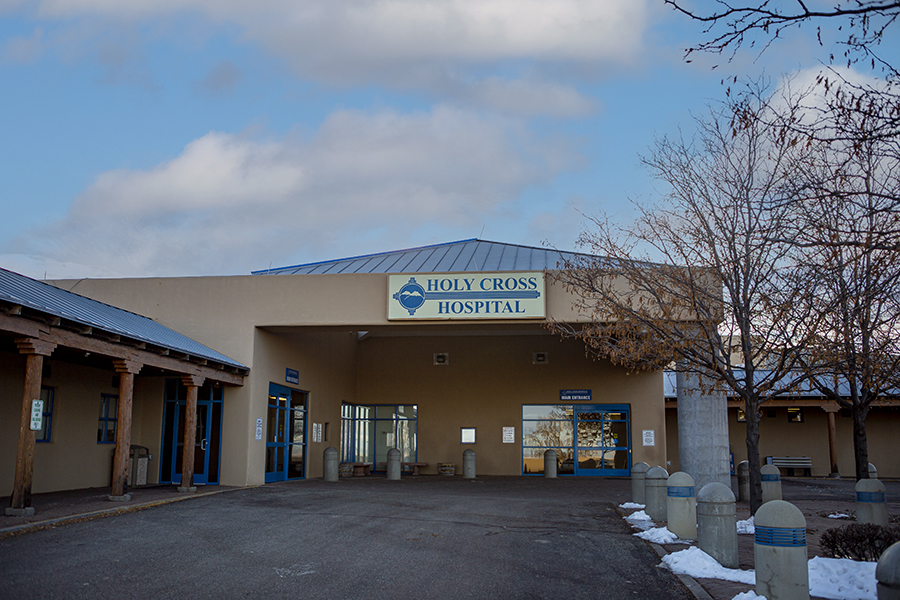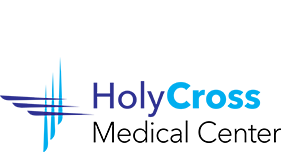In November of 2020 Taos County voters rallied to renew mill levy support for Holy Cross Hospital. With resounding support, 72% of voters in the 2020 general election approved the renewal of a 1 mill tax to support local health care. Holy Cross Hospital is grateful for the support of the community and thought it would be important to share information on how mill levy tax support is being used to improve your local hospital.
The mill levy that was passed in 2020 goes directly to supporting health care in Taos County and is paid directly to Holy Cross Hospital. From the renewal two years ago through September of 2022, Holy Cross Hospital has received $1,645,130.32 in mill levy tax support. The hospital has prioritized the use of this funding for capital costs. While the hospital shares a list of the entire expenditures on its website, here are a few of the major improvements that have been made over the last two years.
One of the primary improvements that has been made is the addition of a brand new state of the art CT scanner. Medical equipment is highly specialized, and it should come as no surprise that it’s expensive. The upgraded CT scanner cost close to half a million dollars and the additional construction and install costs are estimated at just under a quarter of a million dollars. The new state-of-the-art CT scanner creates 128 high resolution anatomical images per rotation. This means that when a CT scan is needed, doctors will have much more detailed information to diagnose and treat patients. The construction and install costs are high for this unit, because the hospital is not removing and replacing the existing machine. The Imaging Department chose to keep the existing equipment running and available during the upgrade as well as for future use. When this project is completed, the hospital will have two working CT scanners, which will provide greater options and support for patients.
Early this year, the speech and language pathology team worked closely with the Imaging Department to update video fluoroscopy equipment and purchase a specialized swallowing chair called a video fluoroscopy stretcher chair. This chair cost just under twelve thousand dollars and allows the speech and language team to offer specialized swallowing studies. These real-time x-rays allow your health care provider to see what happens in your mouth and throat when you swallow. This test is also called a Modified Barium Swallow (MBS) Study and is now available at Holy Cross Hospital.
The IT department was the next priority for funding. Half a million dollars was budgeted for technology related upgrades. These upgrades included general software purchases, computer server and storage improvements, network upgrades, a much needed phone system upgrade, and improvements to the electronic health record system.
The Plant Operations department spent close to three hundred thousand dollars on general infrastructure improvements. While it wasn’t a large part of their expenses, the most notable of these improvements is easily seen in front of the hospital. The new chain link fence that was installed around the helipad provides additional safety and security when air transport is necessary. The primary upgrade that the Plant Operations department made was replacing the security camera system throughout the hospital. Other expenses included a dust containment system, a new transport vehicle, and machinery for campus improvements.
These examples are just a snapshot of the improvements that have been made by Holy Cross Hospital using mill levy funding from 2020. There were also some important improvements made during the first round of mill levy funding including unveiling a new state-of-the-art 3D mammography machine, energy saving infrastructure improvements, upgrading surgery equipment, many building repairs and upgrades, and some additional IT upgrades. You can find an ongoing breakdown of expenditures on the Holy Cross Hospital website at https://holycrossmedicalcenter.org/mill-levy-updates/milly-levy-funded-repairs/
As of September 2020, the hospital has received a little more than a quarter of the mill levy funding that should be collected over the four year life span of the mill levy. The hospital’s finance department has shared a five year improvement plan that includes roughly seventeen million dollars of necessary improvements. Members of the administration are meeting with county and town officials to open a transparent dialogue about how to improve health care in our region.

